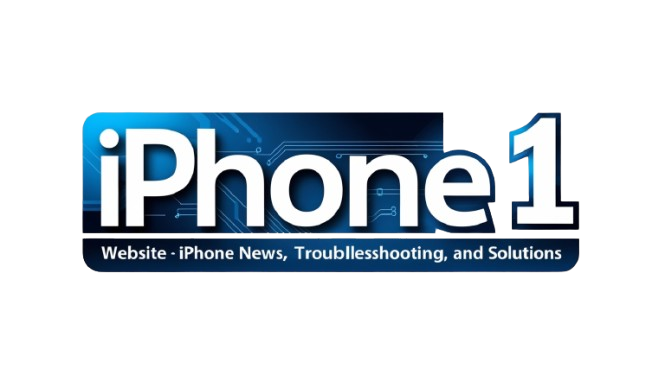## M4 Macs and the macOS Virtualization Roadblock
Apple’s latest M4 Macs have hit a snag with virtualizing older macOS environments. User reports and developer analysis reveal an incompatibility preventing the execution of macOS versions predating Ventura 13.4 within virtual machines (VMs). This issue, impacting popular virtualization tools like UTM, presents a challenge for developers and users reliant on legacy macOS versions.
### The Virtualization Bottleneck
As detailed by Howard Oakley of *Eclectic Light Company*, and initially highlighted by security researcher Csaba Fitzl, the problem surfaces during the initial stages of the VM kernel boot sequence. Attempts to launch older macOS VMs on M4 Macs result in a black screen, a complete failure to boot. Activity Monitor readings, showing only a single virtual core engaged despite multiple cores allocated, suggest the failure occurs before the VM kernel can properly initialize. This bottleneck effectively halts the virtualization process.
### A Generational Divide in Virtualization
Interestingly, this limitation is exclusive to the M4 generation. Previous Apple silicon Macs (M1, M2, and M3) successfully run virtualized instances of macOS Monterey (12.0.1) and newer (with some caveats), although Big Sur virtualization remained unsupported across all Apple silicon. This sudden shift with the M4 chips raises questions about the architectural changes contributing to this incompatibility.
### Supported macOS Versions for M4 Virtualization
For those considering the transition to an M4 Mac, understanding the current virtualization landscape is crucial. Currently, the following macOS versions are supported for virtualization on M4 machines:
* macOS Ventura 13.4 and later
* macOS Sonoma 14
* macOS Sequoia 15
### Looking Ahead: A Potential Fix?
Oakley suggests that resolving this early boot process failure likely necessitates updated IPSW files for the affected older macOS versions. Such a move would be unprecedented for Apple, making a swift resolution uncertain. This situation underscores the complexities of maintaining backward compatibility in rapidly evolving hardware and software ecosystems.
### The Broader Virtualization Context
This new constraint adds another layer to the existing virtualization limitations on Apple silicon. Restrictions like the inability to run App Store apps within VMs persist. However, macOS Sequoia introduced a significant improvement, allowing iCloud login within macOS VMs, demonstrating Apple’s ongoing efforts in refining its virtualization framework. The M4 situation highlights the delicate balance between innovation and maintaining support for legacy systems. For users dependent on older macOS VMs for testing, development, or specific software compatibility, this limitation warrants careful consideration before upgrading to an M4-powered Mac. More information on this developing issue can be found in Oakley’s comprehensive analysis.





